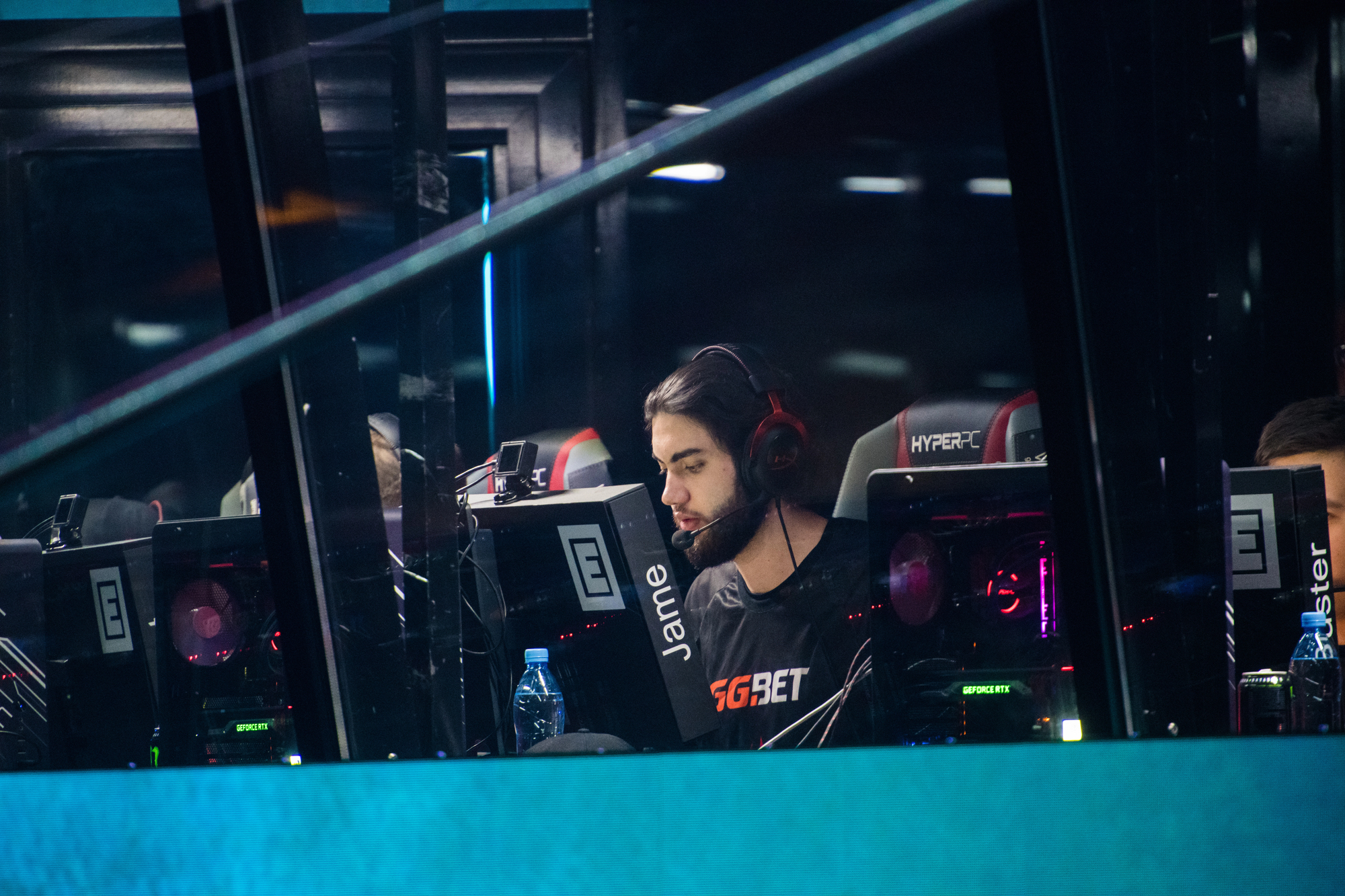Digital sports and traditional sports have emerged as two distinct realms of competitive entertainment. E-sports, centered around video games, have rapidly gained global popularity through digital platforms. Traditional sports, with their physical nature and established history, continue to captivate audiences worldwide.
Both digital and traditional sports offer unique experiences for athletes and spectators alike, fostering competition, strategy, and community engagement. E-sports tournaments draw massive online viewership, while traditional sporting events fill stadiums with passionate fans. The accessibility of digital sports allows for widespread participation, whereas traditional sports often require specific physical attributes and equipment.
The rise of e-sports has sparked debates about its legitimacy compared to traditional athletics. However, both forms of competition demand skill, dedication, and teamwork from participants. As technology advances, the lines between digital and traditional sports may continue to blur, potentially leading to new hybrid forms of competition and spectatorship.
Evolution and Definition of Sports
Sports have transformed from local pastimes to global phenomena, with traditional athletic competitions now joined by digital counterparts. The landscape of sports continues to expand, incorporating new forms of competition and redefining what constitutes a sport.
Historical Perspective of Traditional Sports
Ancient civilizations practiced various physical activities that evolved into modern sports. The Greeks held the first Olympic Games in 776 BCE, featuring events like running, wrestling, and discus throwing. These competitions spread across cultures, developing into organized sports with standardized rules.
Soccer emerged in England during the 19th century, quickly gaining popularity worldwide. Basketball was invented in 1891 by James Naismith as an indoor winter activity. Baseball developed from earlier bat-and-ball games in the 18th century.
The modern Olympic Games, revived in 1896, played a key role in globalizing sports and establishing international standards for competition.
Rise of Esports and Competitive Gaming
Video game competitions began in the 1970s with simple arcade games. The 1990s saw the growth of multiplayer online games, laying the foundation for organized esports.
StarCraft tournaments in South Korea during the late 1990s marked a turning point, attracting large audiences and sponsorships. The 2000s brought streaming platforms like Twitch, enabling global viewership of competitive gaming events.
Major esports titles now include League of Legends, Dota 2, and Counter-Strike: Global Offensive. These games feature professional leagues, million-dollar prize pools, and dedicated arenas for live events.
Comparison of Esports and Traditional Sports Dynamics
Both esports and traditional sports involve skill, strategy, and competition. They feature professional players, teams, coaches, and structured leagues. Esports, like traditional sports, require intense training and practice to excel.
Physical demands differ significantly. Traditional sports emphasize athletic ability, while esports focus on hand-eye coordination and mental acuity. Esports offer greater accessibility, allowing competition from home or dedicated gaming centers.
Viewership models vary. Traditional sports rely on TV broadcasts and live attendance. Esports leverage online streaming platforms, reaching global audiences instantly. Both sectors generate revenue through sponsorships, merchandise, and media rights.
Economic Impact and Revenue Models
Traditional sports and esports have distinct economic structures and revenue streams. Both industries generate substantial income through various channels, though their approaches differ significantly.
Revenue Generation in Traditional Sports
The NFL, NBA, and other major leagues derive substantial income from media rights deals. These agreements with broadcasters and streaming platforms form a cornerstone of their financial success. Ticket sales for live events like the Super Bowl or FIFA World Cup contribute significantly to revenue.
Merchandise sales, including team jerseys and memorabilia, add another layer to traditional sports’ income. Licensing agreements allow teams and leagues to profit from the use of their logos and branding on various products.
Stadium naming rights and corporate partnerships provide steady income streams for teams and leagues. These deals often span multiple years, offering financial stability.
Monetization Strategies in Esports
Esports tournaments for games like League of Legends, Dota 2, and Counter-Strike attract millions of viewers globally. Prize pools for these events can reach tens of millions of dollars, funded partly through in-game purchases and battle passes.
Streaming platforms play a crucial role in esports monetization. Professional players and teams earn money through subscriptions, donations, and ad revenue on platforms like Twitch and YouTube Gaming.
Esports organizations generate income through team sponsorships, often from tech companies and gaming peripherals manufacturers. These deals can include jersey sponsorships, product placements, and branded content creation.
Comparative Analysis of Sponsorships and Advertising
Both industries rely heavily on sponsorships and advertising, but their approaches differ. Traditional sports often secure long-term deals with established brands across various sectors. The NFL, for example, has partnerships with major beverage, automotive, and financial companies.
Esports sponsorships tend to focus on gaming-related brands and tech companies. However, non-endemic brands are increasingly entering the space, recognizing the value of reaching younger demographics.
Advertising in traditional sports centers around TV commercials and in-stadium signage. Esports advertising is predominantly digital, utilizing streaming overlays, social media campaigns, and influencer marketing.
Cultural and Community Impact
Digital sports and traditional sports both shape cultural landscapes and foster community connections, albeit in distinct ways. Their influence extends to fan engagement, youth demographics, and broader societal integration.
Fan Engagement and Fandom Culture
Digital sports cultivate global online communities, transcending geographical boundaries. Fans interact through streaming platforms, social media, and gaming forums. This digital connectivity allows for real-time discussions and shared experiences across time zones.
Traditional sports maintain strong local ties, often rooted in regional pride. Stadiums serve as physical gathering spaces, reinforcing community bonds. Fan rituals and traditions, passed down through generations, contribute to a rich cultural heritage.
Both spheres see the emergence of dedicated fan groups, merchandise collections, and event attendance as expressions of loyalty. Digital sports fans frequently engage through cosplay and online tournaments, while traditional sports supporters organize viewing parties and tailgate events.
Influence on Youth and Millennials
Digital sports appeal strongly to younger generations, aligning with their tech-savvy lifestyles. Esports offer accessible entry points for participation, with lower physical barriers compared to traditional sports. This inclusivity attracts a diverse player base.
Traditional sports continue to play a significant role in youth development, promoting physical fitness and teamwork. School and community programs often center around these activities, shaping social structures from an early age.
Millennials bridge the gap between digital and traditional sports, often engaging with both. Their dual interest drives crossover events and marketing strategies that blend elements from both worlds, creating new cultural touchpoints.
Esports and Traditional Sports Within Society
Esports integration into mainstream culture is growing rapidly. Universities now offer esports scholarships, and some countries recognize professional gamers as athletes. This shift challenges conventional notions of sports and athletic achievement.
Traditional sports maintain a strong presence in social fabric, often tied to national identity and pride. Major sporting events like the Olympics and World Cup continue to unite global audiences, transcending cultural differences.
Both spheres contribute to economic ecosystems, creating jobs in coaching, broadcasting, and event management. They also drive technological advancements, with traditional sports adopting digital tools for training and fan engagement, while esports push the boundaries of gaming and streaming technology.
Technology and Accessibility
Digital and traditional sports leverage technology to enhance accessibility and viewer experiences. Innovations in streaming platforms, virtual reality, and artificial intelligence are reshaping how fans engage with sports content.
Innovation in Viewing Experience: From Twitch to ESPN
Twitch revolutionized live streaming for video games and esports. The platform’s interactive features allow viewers to chat in real-time and support their favorite players through donations and subscriptions. ESPN adapted to the digital age by launching ESPN+, offering streaming services for traditional sports.
YouTube Gaming emerged as another key player in the esports streaming landscape. These platforms provide instant access to live events and on-demand content, breaking geographical barriers.
Sky Sports embraced digital transformation by offering multi-camera angles and interactive statistics during broadcasts. This tech-driven approach aims to replicate the in-stadium experience for home viewers.
Advancements in Virtual Reality and Artificial Intelligence
Virtual reality (VR) is transforming sports viewing. VR headsets allow fans to experience games from multiple angles, creating an immersive environment that closely mimics being at the venue.
AI enhances sports broadcasts by generating real-time statistics, player performance analyses, and predictive insights. This technology aids commentators and enriches viewer understanding of the game.
In esports, AI powers non-player characters and creates challenging scenarios for players. Traditional sports use AI for performance analysis, injury prevention, and tactical decision-making.
The Role of Digital Platforms in Sports Accessibility
Digital platforms have dramatically increased sports accessibility. Fans can now watch Olympic Games and Asian Games events on their smartphones, tablets, or computers from anywhere in the world.
These platforms offer personalized content recommendations based on viewing history, keeping fans engaged with their favorite sports and athletes.
For people with disabilities, digital platforms provide closed captions, audio descriptions, and customizable interfaces. This inclusive approach allows a broader audience to enjoy sports content.
Esports benefit greatly from digital accessibility, as most competitions take place in virtual worlds. This removes many physical barriers associated with traditional sports venues.










